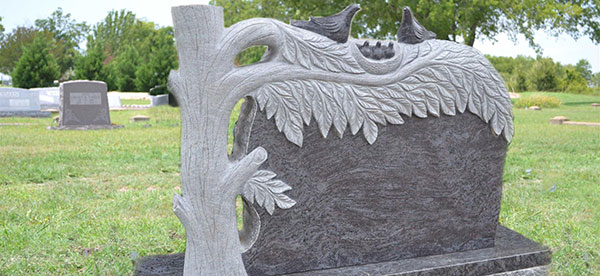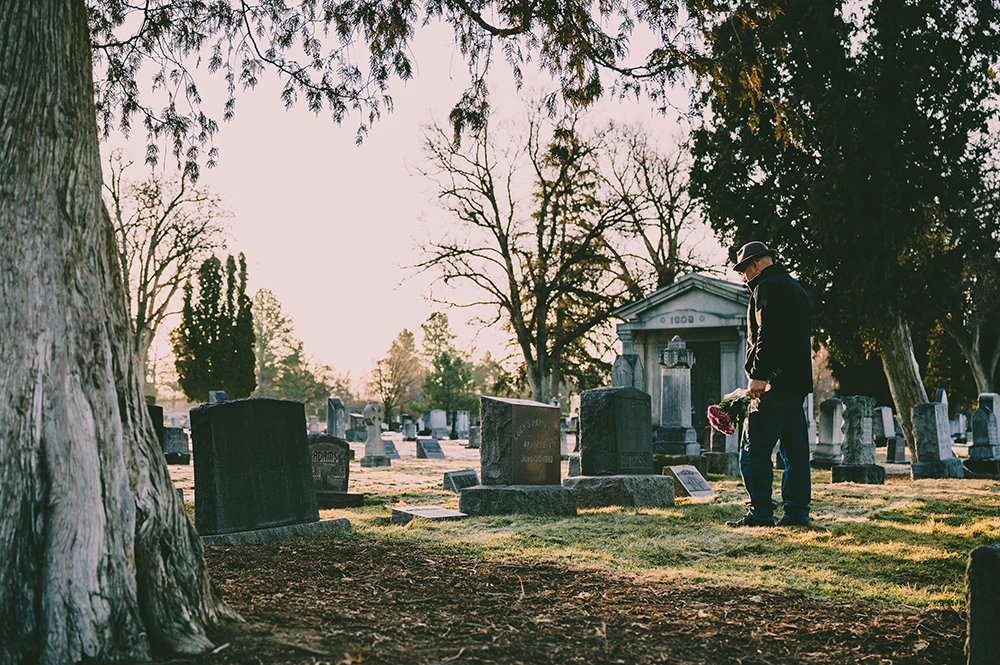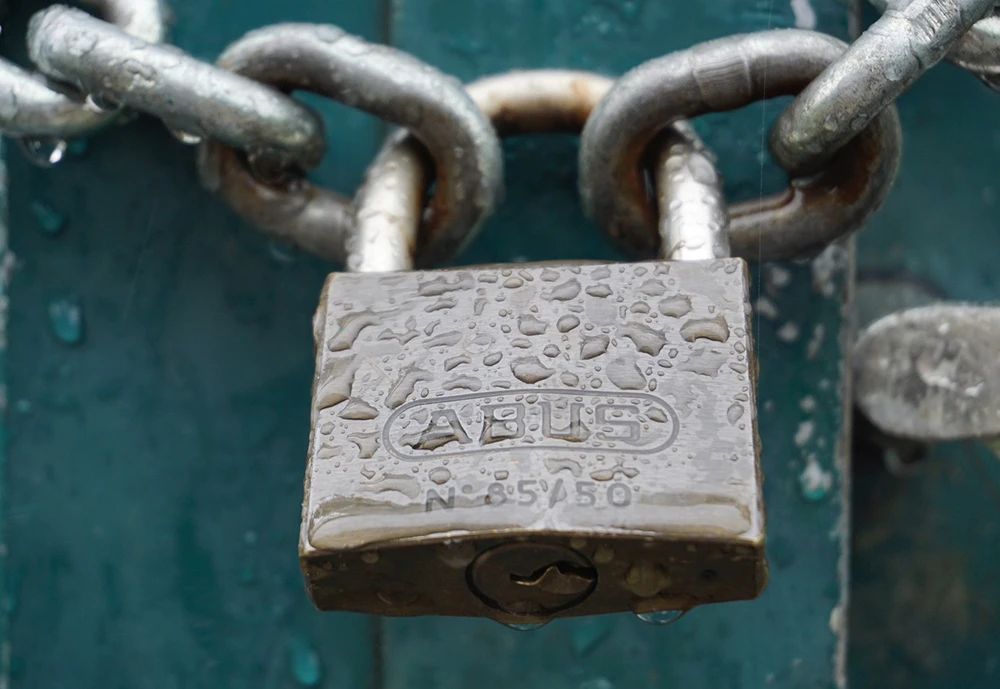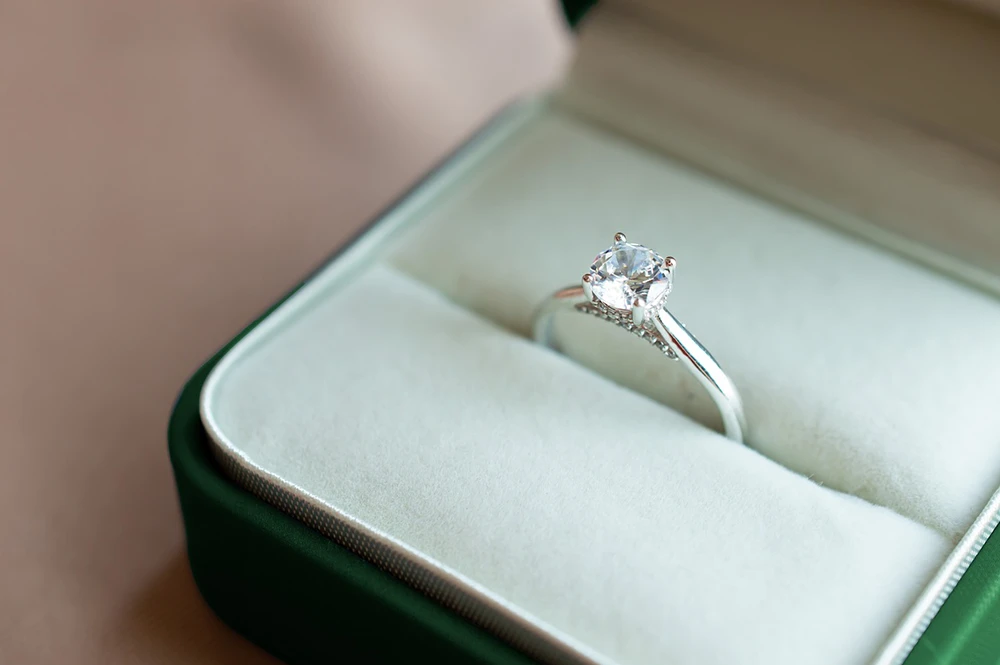There are plenty of different types of gravemarker styles to choose from.
From the simple headstone marker to huge monuments, which one you choose may vary based upon your personal preferences, as well as the rules of the cemetery where you (or your loved one) will be buried.
Here, we will tell you a bit more about the various types of gravemarker options that are available. We just know that at least one of these styles will appeal to you.
If you are unsure as to where to buy one of the styles you would prefer, ask your local memorialist for help.

The Headstone Marker
A headstone marker has been very popular for a long time. It is called such because it is placed directly over the head of the buried body of the deceased.
Some people also opt to put a smaller stone marker at the feet of the body, as well, normally inscribed with initials. Neither of these markers are very big.
Almost every headstone marker is also called a tablet. Tablets are available in Gothic, rustic, domed, simple, and shouldered styles. These are mostly found in older cemeteries.

Crosses
Crosses are one of the most common gravemarker styles that incorporated religious iconography. This sort of marker may not be allowed at all cemeteries.
The rustic cross was the most popular during the 20s and 30s. It appears to be made of wood, though it is made of stone. The Latin cross and Celtic cross are also popular types of headstone marker that incorporates this symbol. The Latin cross is susceptible to damage. The Celtic cross is very ornate.
The Calvary cross, or a Latin cross mounted on a three-tiered base, is yet another variation on this theme.

Markers
Markers are the most durable of gravemarker styles. Mostly because they are thicker and lower to the ground than headstone marker styles. Because of this, they last longer.
Plaques are also included in this category and are thinner than headstones. They are also usually made out of bronze and not stone. The ledger, block, and flat marker are all styles of this sort of marker.
Scroll faced, slant faced, open book, and a vertical faced marker with a slant top are other examples. As you can imagine, all of these are made from granite or marble. A few might be fashioned from concrete.
Columns
Columns are quite popular gravemarker styles. These memorial can be very large with lots of room for inscription.
Basically, the difference in column styles is seen at the top of the column itself. As you can imagine, these monuments are available in Classical Greek, and standard column styles.
Pilasters can be topped with urns or a flats top. They might be square or rectangle shaped. A Stele ends in a cresting ornament. A broken column might be used where a person died before their time.
A monument with two columns might be used to symbolize a gateway to the afterlife.
Obelisks
Obelisks originated in ancient Egypt to symbolize rays or the sun or the sun god, Ra.
Unlike headstone marker styles, again, these have lots of room for inscription. Obelisks, like columns, are classified based upon their tops.
Traditionally, obelisks had pyramid (or pointed) shaped tops. They are normally square in nature and might be on a pedestal or not. Other types of obelisks, called truncated, have rounded tops.
Cross-vaulted obelisks have capital tops, which appear like vaulted ceilings in churches.
Most of these gravemarker stones are made of granite, sandstone, or marble. Some might be made of bronze, too.
Pedestals
Pedestal gravemarker stones are among the largest. They are decorated with inscriptions on four sides, not just one like a headstone marker.
On the top they might be flat, or might have a triangle structure on them. An urn may or may not be placed at the very top. These are made of granite or marble, typically.
The only gravemarker larger than a pedestal are granite Eclectic monuments, which generally incorporate up to three columns.
A pediment capital is placed on top of the three columns. They have a flat portion where inscriptions can be made.

Tree-Stumps
Believe it or not, lifelike depictions of tree stumps were also once popular for gravemarker choices.
These monuments are typically fairly large. They symbolize a loved one who died suddenly, before it was time, “cut down in their prime,” so to speak.
Inscriptions can be cut into the memorial itself, or placed on a scroll attached to the carving.
Various pieces of flora might be carved into the memorial. Initials of other family members who have died early in their lives can also be added to this monument, over time.
Symbolic markers might also be carved on or placed on top of the stump itself.










